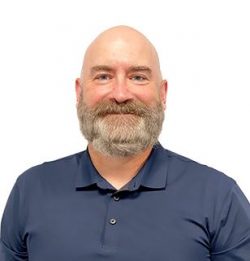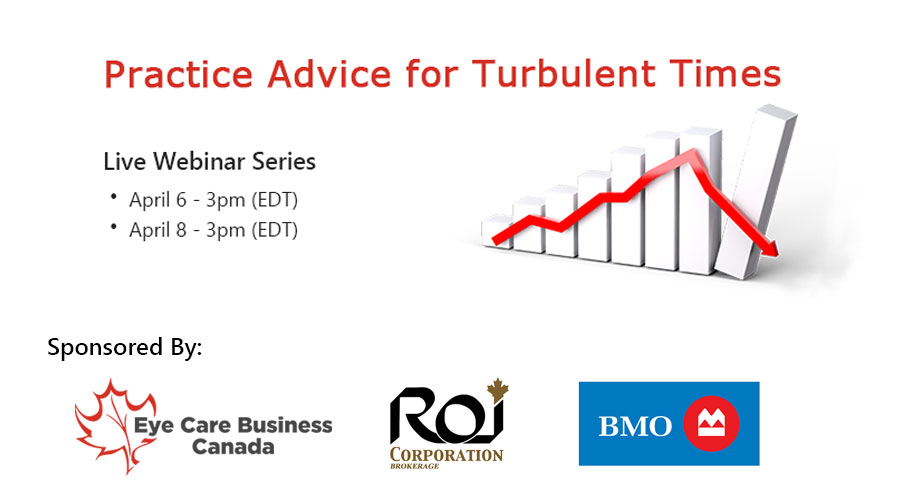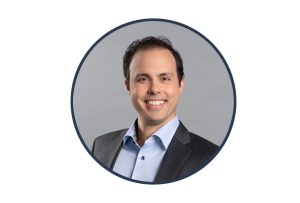
With growing measures to stop the spread of COVID-19 (Coronavirus), a large number companies across the globe have had to suddenly tell their employees to work from home.
For many employees, this is something they’re happy to embrace – once they’re setup with the right tools, they will stay productive and continue with business as usual from a home office environment.
However, for some, the directive to work from home can spell disaster if management doesn’t fully recognize what’s required to help those individuals continue to thrive in a changing, more isolated environment.
Easing the Transition:
So, with no choice in the matter, how do we make this prompt transition to a home office as smooth as possible for everyone, regardless of their workplace preferences or personality?
First, ensure you’ve addressed any technical roadblocks by outlining a clear list of what is needed for each individual to get setup at home. Help fill in any hardware gaps, such as:
- Loan of a laptop or desktop screens
- A comfortable office chair
- Desk phone and headset
- Some extra printer cartridges
As well, make sure everyone is comfortable with remote file sharing on such platforms as:
- Google Drive
- Dropbox
- MS OneDrive
- OneHub
Next, help employees understand working hours and scheduling requirements whilst away from the daily office structure. Assist them with creating a sharable task schedule or tracking system, using such tools as:
- Trello
- Monday
- SmartSheet
- Jira
- Toggl
Also, suggest that they build their own ‘Family Schedule’ with the other family members who are stuck in the house. This will minimize distractions and anxiety as everyone in the household has established guidelines and boundaries during work hours.
Stay Connected:
Once everyone is set up remotely, keep in mind that there is only so much you can communicate through text and group emails. Overtime, not working with people face to face can sometimes make it difficult to guide them or fully gauge their emotions, intentions and well-being – especially at this time when we are all dealing with a lot of change and unknowns in our daily lives.
When in a standard office environment, studies show that many employees rely on the morning team meeting to gain positive energy and feedback from the others in order to get their day started. And, during breaktime, workers often look forward to the social aspect of pouring a cup of coffee and engaging in spontaneous chatter about news, sports, or movies.
So, if you haven’t already, start by implementing an efficient messaging app (such as Slack) to make back and forth online discussion much faster and easier. But don’t stop there. Get your remote team in the habit of replacing some of those messages and emails with phone calls instead, even doing some of your calls via FaceTime. And for your team discussions, maintain a cohesive group feel by doing video meetings using Skype or Zoom on a regular basis – seeing faces and sharing screens can go a long way towards morale and productivity.
Extra Tools to Help You Manage:
With the long-term outcome of this pandemic still very much unknown, people may have to continue working remotely for quite some time. As this plays out, business owners and managers need to feel confident that they can maintain a motivated, engaged workforce from afar.
Consider tools such as the PXT Select suite of behavioural, engagement or leadership assessments to help you continue the alignment and understanding of your team’s strengths, weaknesses, and abilities – giving you more power to coach and develop your people to their full potential during this unprecedented time in the workplace.
Reassurance:
No matter what, make sure your team knows that you’ve got their back. ‘Social distancing’ does not mean anyone will be sent home and forgotten about – everyone should feel trusted, valued and looked after for as long as they’re working remotely and beyond.
Want to discuss more about this topic?
Get in touch to share your thoughts and discuss more options to help keep your staff engaged:
info@fitfirsttech.com
1-800-513-7277
Eu ea turducken spare ribs id burgdoggen culpa rump. Excepteur et sirloin strip steak sint. Flank tongue tri-tip cow magna. Cow burgdoggen in frankfurter shoulder anim pancetta sausage proident laboris boudin magna. Ut enim occaecat, eu nulla salami spare ribs jerky aute cillum beef ribs. Proident elit ullamco bacon tenderloin ea.
























